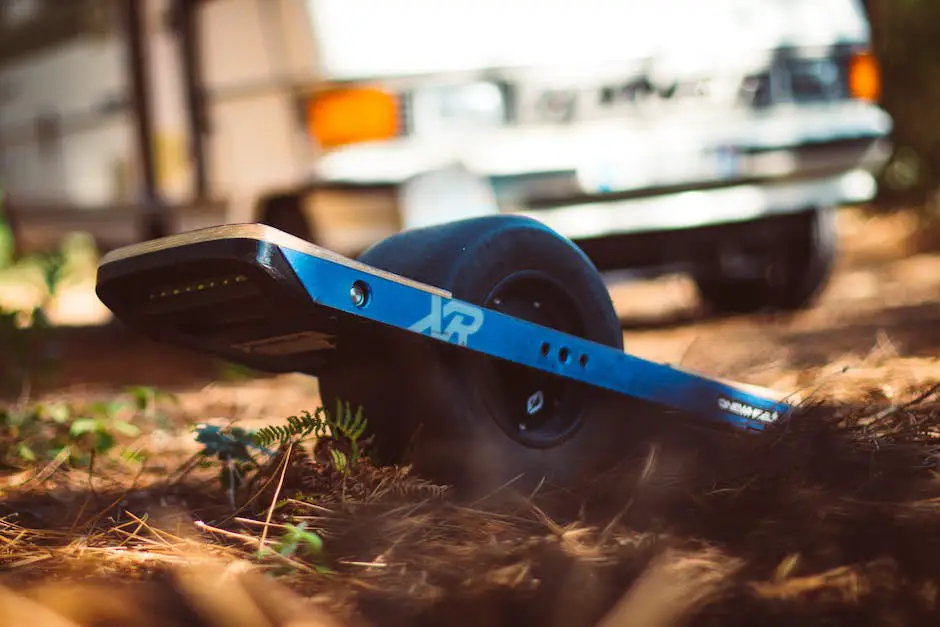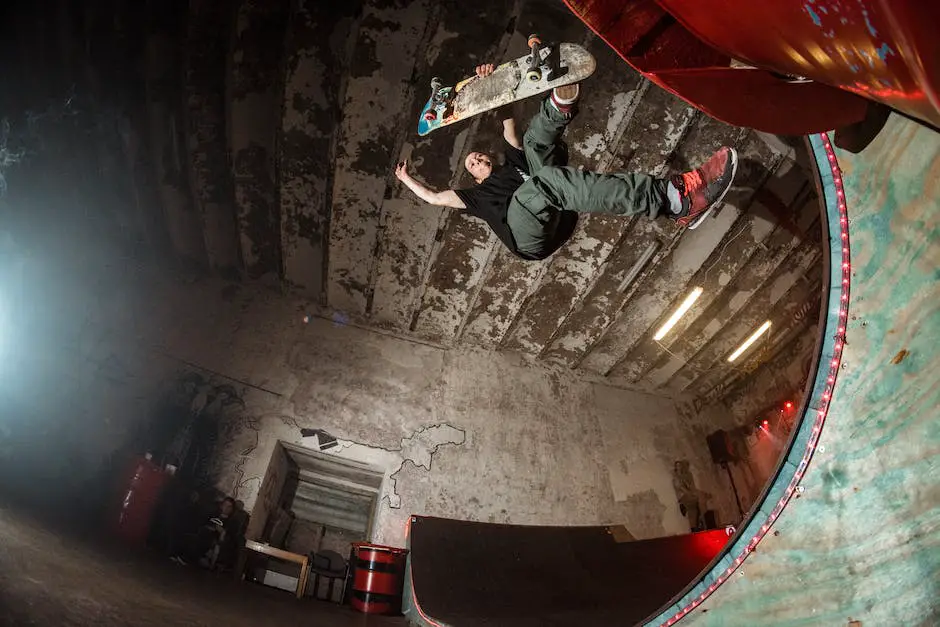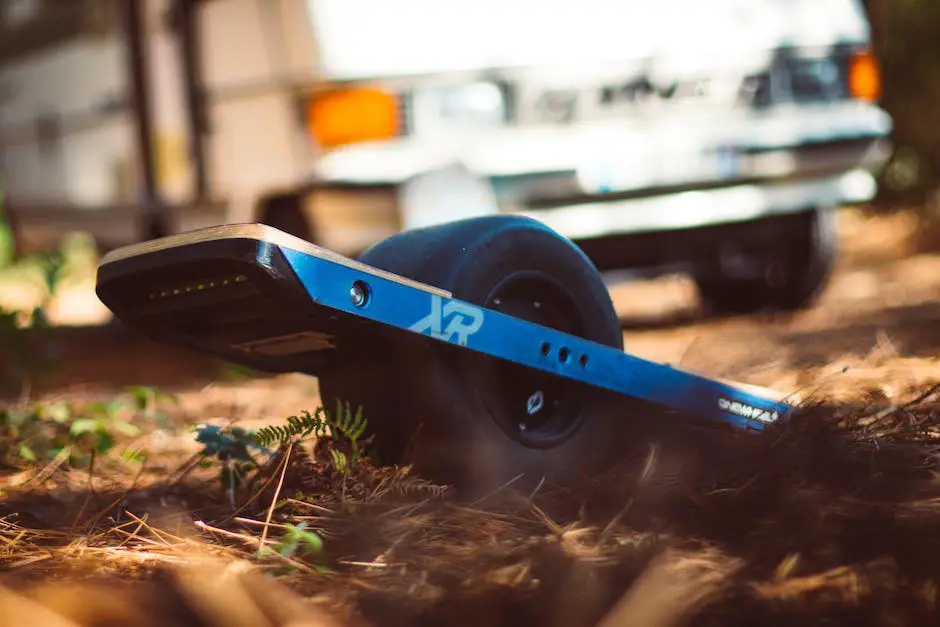Electric skateboarding, as thrilling and rewarding as it is, also demands a blend of science and finesse to master. At the heart of it all lie two key facets that dictate your riding experience – weight and balance. The foundation of understanding these two variables begins with comprehending the fundamental physics behind an electric skateboard. This involves learning how the distribution of the rider’s weight contributes to balance, affects the functioning of the electric motor and wheels, and controls the overall stability of the skateboard. Heightened awareness of these elements plays a key role in shaping the performance of your ride, manifesting itself in speed, battery life, maneuverability, and most importantly, safety.
Understanding Skateboard Mechanics
Title: Weight and Balance: The Vital Game-Changers in Electric Skateboarding
The electrifying world of electric skateboarding is always teeming with thrill and exhilaration, but those mind-blowing stunts and high-speed rides hinge heavily on two fundamental elements: weight and balance. The beauty of an electric skateboard’s functionality lies primarily in how well it manages these crucial factors.
First off, it’s essential to grasp the vital role that weight plays in electric skateboarding. A board’s weight, as well as the rider’s, drastically influences the velocity and battery life. The motor’s work must correspond to the total weight it needs to carry.
A heavier skateboard will undoubtedly have a robust build, but the added weight demands greater battery power to reach its top speed. Conversely, lighter skateboards don’t stress the battery as much, boasting faster acceleration and a longer battery life. However, they might feel less stable, especially at high speeds or during downhill rides.
The rider’s weight matters, too. Lighter riders benefit from quick acceleration and get more mileage per battery charge. On the other hand, heavier riders cause the motor to work harder, slightly reducing the top speed and battery efficiency. Yet, their presence lends more stability to the ride.
Simultaneously, balance can dictate the course of an electric skateboard ride. It’s all physics! Balancing on an electric skateboard is a delicate interplay of gravity and ground contact. Poor balance might mean more frequent wipeouts, resulting in potential damage to the boards and risk for the rider.
Great balance enhances the skateboard’s response to the commands from a rider’s feet. Turning, accelerating, and stopping—all rely heavily on the rider’s ability to shift body weight correctly. Uneven weight distribution can lead to falls, especially when making turns at higher speeds. Therefore, it’s imperative to attain a comfortable balance on the board.
Interestingly, the design and build of an electric skateboard can assist in achieving a better balance. Decks with a minor concave or ones that are closer to the ground tend to make balancing easier for the rider. Use this insight while picking an electric skateboard.
In the realm of electric skateboarding, weight and balance become much more than just numbers or skills. They transform into the building blocks for crafting a superior riding experience. By successfully navigating through these elements, riders can get the best out of their electric skateboards. So, as this journey on board the electric skateboard continues, remember, weight checks and balance exercises are not just routine. They are the tickets to the ultimate ride in this electrifying hobby.

Impact of Weight and Balance on Performance
Heading:
Electric Skateboarding: Unraveling the Dynamics of Weight and PerformanceFueling the burgeoning phenomenon in personal transportation, electric skateboards are captivating hobbyists with their thrilling fusion of utility and adventurous potential. Taking center stage in this riveting discourse on electric skateboarding is a keen analysis of how the combined mass of the skateboard and its rider impacts the overall performance.
The balance and weight of an electric skateboard, along with the weighty issue of the rider’s size, intertwine in a complex dance that dictates the ultimate skateboarding experience. You don’t have to have a degree in physics to understand that a lightweight board offers certain advantages. It’s easier to maneuver and carry around, and often provides the smoothest ride.
But how does the skateboarder’s physique factor into the equation? Rider’s weight plays a significant role in dictating the performance, range, and speed of the skateboard. A heavier rider may find the skateboard to struggle with acceleration, inclines, and achieving the top marketed speed. On the flip side, light riders might enjoy a perk in speed and range.
However, electric skateboards are generally designed to cater to a wide range of users, expertly embedding load sensors that can adjust to different rider weight. While the skateboard might not reach its peak performance under the burden of a heavier load, it can still offer a reliable and enjoyable experience.
The nature of electric skateboards also means they’re powered by an energy source – batteries. Now, a heavily-built board or rider can add strain on the battery, leading to faster discharge rates and reduced skateboarding time. Lighter boards and riders, in contrast, may experience improved battery performance, stretching out the duration of a thrilling ride.
Remember though, performance doesn’t just translate to speed and battery life. Electric skateboards tap into the charm of balance and equipoise, allowing riders to command their boards with impressive agility and control. This ties into another key variable in our discussion – center of gravity. A lower center of gravity tendered by a heavier rider might seem disadvantageous, but it actually produces a stable, grounded ride.
Moreover, the impact of weight isn’t set in stone; creative design and advanced technology have embraced this challenge to innovate electric skateboards that optimize performance irrespective of weight restrictions. Be it through reduced board construction weight, enhanced motor power, or advanced balancing technologies, these evolved machines continue to bridge the gap between weight and optimal performance.
So, what’s the bottom line? While weight does play a pivotal role in dictating an electric skateboard’s performance, it’s far from the only consideration. Influence of weight on electric skateboarding is a nuanced affair that should be interpreted in this wider context of balance, control, and engineering advances. Go ahead and embrace the ride – after all, electric skateboarding is about the joy of the journey, not merely the science behind it.

Suggestions for Improved Weight and Balance Management
Pivoting into the finer details of the craft, one of the most critical aspects to consider for better weight and balance management on an electric skateboard is the rider’s stance. Just as a surfer evenly distributes their weight over their board when riding a wave, the same principle applies to e-skateboard enthusiasts. A firm, centered stance allows for optimal control, stability, and helps in efficient steering. This means both feet should be shoulder-width apart and perpendicular to the direction of travel.
Modifications on the electric skateboard can also aid in weight and balance management. One such adjustment involves changing your trucks, the components that attach the wheels to the board. Lighter trucks can reduce the overall weight, while wider trucks can aid in maintaining balance during high-speed rides. Additionally, the tightness of trucks can influence your board’s ability to make sharp turns. Loose trucks are better for nimble moves, while tight trucks help maintain balance at high speeds.
Foot placement also plays a role in maintaining balance while maximizing electric skateboard performance. Placing your front foot diagonally across the board and the rear foot perpendicular can offer better balance and control, which is especially important while carving or making sharp turns.
Another crucial aspect of weight consideration is the choice of deck material. Lighter materials like bamboo can help reduce the overall weight without compromising on durability. Also, decks with built-in concave can improve balance, as they provide a natural footing area for better control and stability.
In terms of technology, exploring the arena of modern battery types can substantially affect electric skateboard weight. Lithium-ion batteries are lighter and have a longer life span compared to older, heavier battery types. Plus, they do not suffer from the “memory effect” that lead-acid or NiCad batteries have, meaning they can be recharged at any stage of discharge without affecting their capacity.
Finally, regardless of how light your board or balanced your stance, practicing regular maintenance checks can significantly impact your electric skateboard’s performance. Regular service and repairs can prevent accidental damage due to the wear and tear, enhancing the life and performance of your electric skateboard. In a nutshell, combining the right gear, the correct stance, and constant maintenance, should see you enjoying your electric skateboarding experience while optimizing weight and balance.

Understanding and mastering the critical elements of weight and balance can immensely improve your overall electric skateboard riding experience. In essence, being in control of your ride is not just about the amount of weight, but where and how it is distributed. The choice and setup of equipment further complements weight and balance management. And finally, tailoring your riding style and techniques to support efficient weight distribution and balance can transform your electric skateboarding adventure. This comprehensive approach will allow you to turn sharper, accelerate more effectively, and prioritize safety, reaping the full merits of your electric skateboard.

